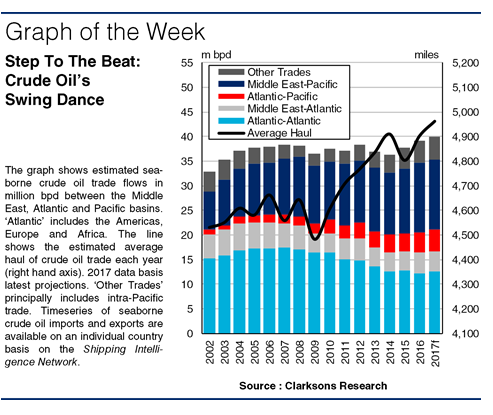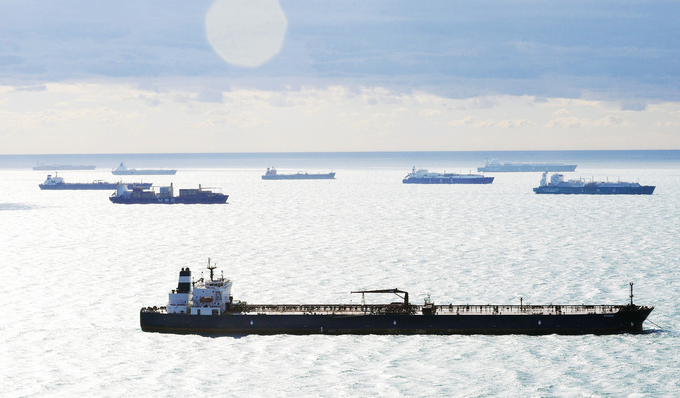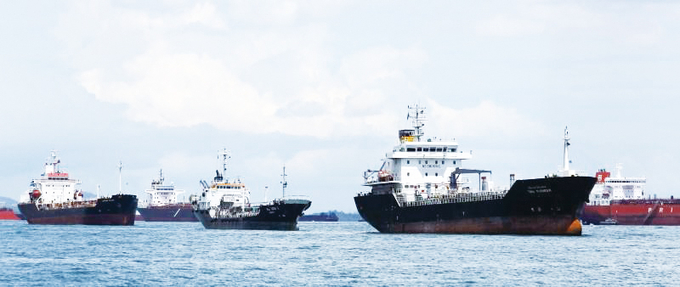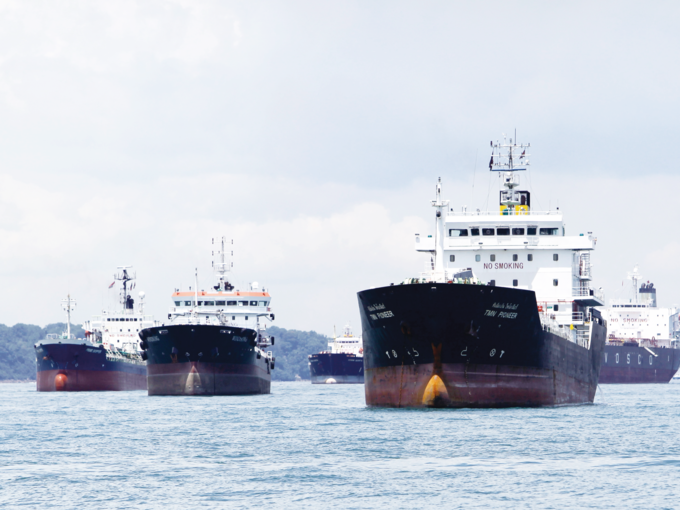
The Wall Street Crash in 1929 marked the onset of the Great Depression in the US. Times were tough, but jazz music, which had taken off in the 1920s, endured and evolved into the era of big bands and swing music now synonymous with the 1930s. The crude tanker sector is having a tricky time of its own at present, but over the last decade, crude trade patterns have seen their own evolutionary swing…
A lot of things can happen in a decade. The economic gloom of the early 1930s in the US marked a sharp change from the Roaring Twenties, whilst in the music world, traditional New Orleans jazz began to evolve into the heyday of swing. The last ten years have not been lacking in dramatic economic events either, and at first glance, crude oil trade today appears little changed from ten years ago, with global seaborne volumes totalling 39.2m bpd in 2016, just 2% larger than in 2007. However, there have been major shifts in trade flows in this period, giving the crude tanker sector a new underlying beat.

One of the most significant developments has been further growth in Asian demand, especially in China and India. Asia accounted for 55% of crude imports in 2016, up from 40% in 2007. In large part, this reflects the fact that Asia has driven over 80% of expansion in global refinery capacity in the last decade, but just 8% of growth in oil production. Over the same period, crude imports into the Atlantic (see graph description) fell 24%, with higher oil production in the US reducing crude imports by 43%, whilst in Europe, oil demand remains below the 2007 level.
Meanwhile, the recent turbulence in Nigeria and Libya, combined with lower output in mature oil producing regions such as the North Sea, Mexico and Venezuela, saw the share of crude oil shipments accounted for by Atlantic exporters fall from 50% in 2007, to closer to 40% in 2016, whilst the Middle Eastern share rose from around 40% to nearly 50% last year.

The net result of these changes on crude trade has been significant. Intra-Atlantic crude trade fell 30% between 2007 and 2016 to around a third of global volumes, with lower US imports from West Africa, the Caribbean and the Mediterranean accounting for most of this fall. More of the Middle East’s exports are now heading East, with Middle East-Pacific crude trade rising 29% to account for 39% of trade.
And despite the fall in overall Atlantic exports, the drop in demand in the region has seen Atlantic-Pacific crude trade double since 2007, to account for 11% of global volumes in 2016. Overall, these shifts helped the average haul of crude oil trade to reach 4,900 miles in 2016, with crude oil trade in terms of tonne-miles 10% larger than in 2007.
So, whilst crude oil trade is generally mature, it has not been immune to the power of swing, with the last ten years witness to a considerable shift in trade patterns. Whilst long-haul trade may not be growing quite as quickly as needed to keep in time with crude tanker fleet growth right now, it will be interesting to see what tune tanker trade flows dance to over the next decade. Have a nice day.
(Source : Clarksons)

















